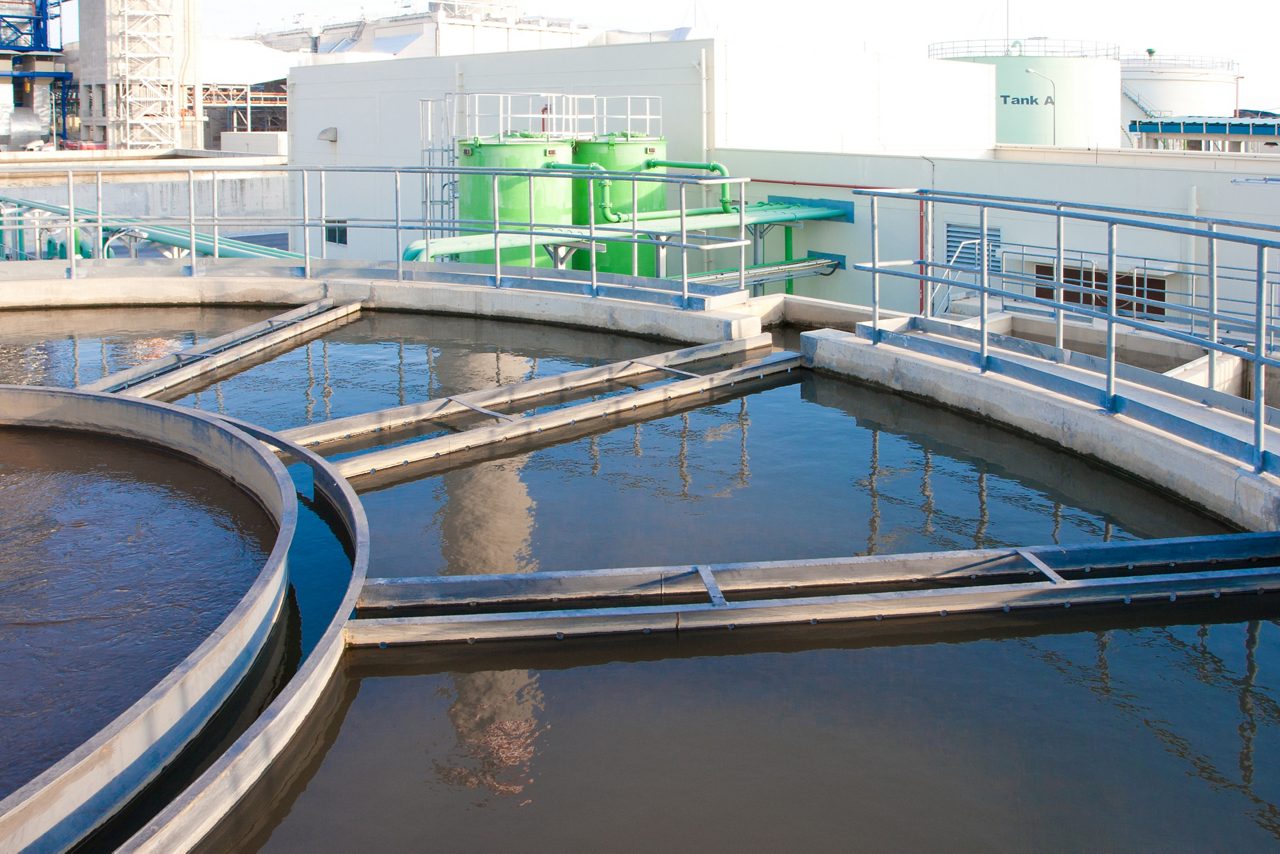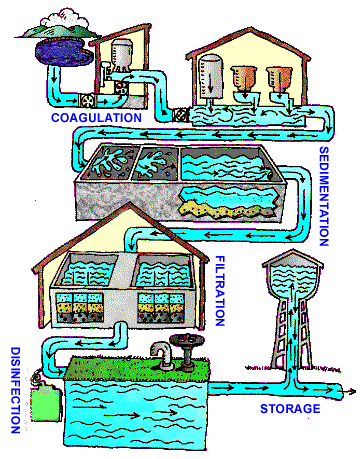Various businesses apply water treatment polymer for industrial water processing.
Various businesses apply water treatment polymer for industrial water processing.
Blog Article
Discover the Value of Water Therapy Polymer for Sustainable Water Resources
Water treatment polymers are essential elements in the monitoring of lasting water sources, playing a crucial duty in the filtration and improvement of water quality. As we confront increasing eco-friendly challenges, the evolution of these polymers raises important questions about their future role in water treatment methodologies.
What Are Water Therapy Polymers?
Water treatment polymers are specialized chemical substances created to improve the efficiency of water filtration procedures. These polymers play an important duty in numerous applications, including municipal wastewater therapy, industrial effluent management, and alcohol consumption water purification.
The use of water therapy polymers can substantially enhance the removal of contaminants such as natural matter, hefty metals, and pathogens. By maximizing the coagulation and flocculation processes, these polymers make it possible for higher settling prices and clearer effluent, which is important for fulfilling regulative conformity and environmental standards.
Furthermore, water treatment polymers can be developed to address certain challenges within various water treatment systems, such as differing pH levels, temperatures, and impurity types (water treatment polymer). Their convenience and efficiency make them indispensable in accomplishing lasting water administration techniques. As water scarcity ends up being an increasing worldwide problem, the function of water therapy polymers comes to be ever a lot more vital in guaranteeing the schedule of clean and safe water sources

Benefits of Water Therapy Polymers

The benefits of making use of water therapy polymers are manifold, dramatically enhancing operational efficiency and performance in filtration procedures. These polymers play a critical role in coagulation and flocculation, enabling the effective removal of put on hold solids and impurities from water. By advertising the gathering of bits, they assist in the development of bigger flocs that can be conveniently divided from the fluid phase, therefore improving the overall clarity and top quality of the cured water.
In addition, water treatment polymers add to decreased chemical usage, resulting in cost financial savings and decreased ecological effect. Their ability to perform successfully at reduced dosages means that functional costs can be significantly reduced while still attaining high-grade water therapy results.
The usage of water treatment polymers sustains conformity with regulatory requirements, ensuring that treated water fulfills essential security and quality demands. Overall, these benefits setting water therapy polymers as important elements in the search of lasting water resource administration.
Applications in Water Therapy
Countless applications of water treatment polymers highlight their adaptability and performance in various purification processes. These polymers are important in flocculation and coagulation, where they promote the aggregation of suspended particles, leading to enhanced sedimentation and purification. In metropolitan water treatment centers, they improve the removal of raw material, turbidity, and microorganisms, contributing to the production of safe alcohol consumption water.

Furthermore, in the context of drinkable water treatment, polymers aid in managing taste and odor, making certain customer complete satisfaction. Their check it out role reaches taking care of sludge dewatering, enhancing waste monitoring procedures and minimizing disposal costs. Overall, the varied applications of water treatment polymers make them indispensable for keeping water high quality and sustainability across different industries, inevitably supporting public health and ecological stewardship.
Environmental Impact of Polymers
Considerable concerns pertaining to the environmental influence of water treatment polymers have actually become their prevalent use remains to grow. These synthetic substances, mostly used as coagulants and flocculants in water treatment procedures, can position threats to aquatic ecological communities and human health and wellness otherwise managed appropriately.

Moreover, the manufacturing and disposal of water therapy polymers add to carbon emissions and pollution. The manufacturing processes typically include poisonous chemicals, which can have destructive impacts on the setting otherwise adequately controlled.
To mitigate these influences, it is important to discover eco-friendly options and improve reusing approaches for existing polymers - water treatment polymer. Carrying out stricter regulations and advertising research on lasting polymer development can likewise play a vital function in minimizing ecological damage while maintaining reliable water treatment solutions
Future of Water Therapy Technologies
Developments in water treatment modern technologies are increasingly reshaping how we come close to the purification and monitoring of water resources. Emerging advancements, including nanotechnology, membrane layer filtration, his explanation and progressed oxidation processes, are boosting the effectiveness and performance of water treatment systems. These innovations not just enhance the elimination of pollutants yet likewise lower energy intake and operational expenses.
The integration of man-made intelligence and maker learning is reinventing surveillance and control systems, enabling real-time information evaluation and predictive maintenance. This brings about more responsive and flexible therapy processes, making sure that water top quality meets regulative criteria while maximizing Website resource use.
In addition, the growth of eco-friendly water treatment polymers is critical for achieving sustainability goals. These polymers can enhance coagulation and flocculation processes, lowering the dependence on traditional chemicals and reducing ecological influence.
As water scarcity ends up being a progressively pushing international concern, the future of water treatment technologies will likely focus on decentralization, allowing localized treatment options that are both durable and versatile to altering problems. The cooperation in between research study organizations, sector stakeholders, and federal government entities will certainly be crucial for driving innovation and ensuring the sustainable management of water sources for future generations.
Verdict
In conclusion, water therapy polymers are vital for enhancing the filtration processes essential for sustainable water source administration. As the demand for effective and sustainable water therapy solutions raises, the continued technology in polymer innovation will be essential to attending to future water quality difficulties.
Report this page